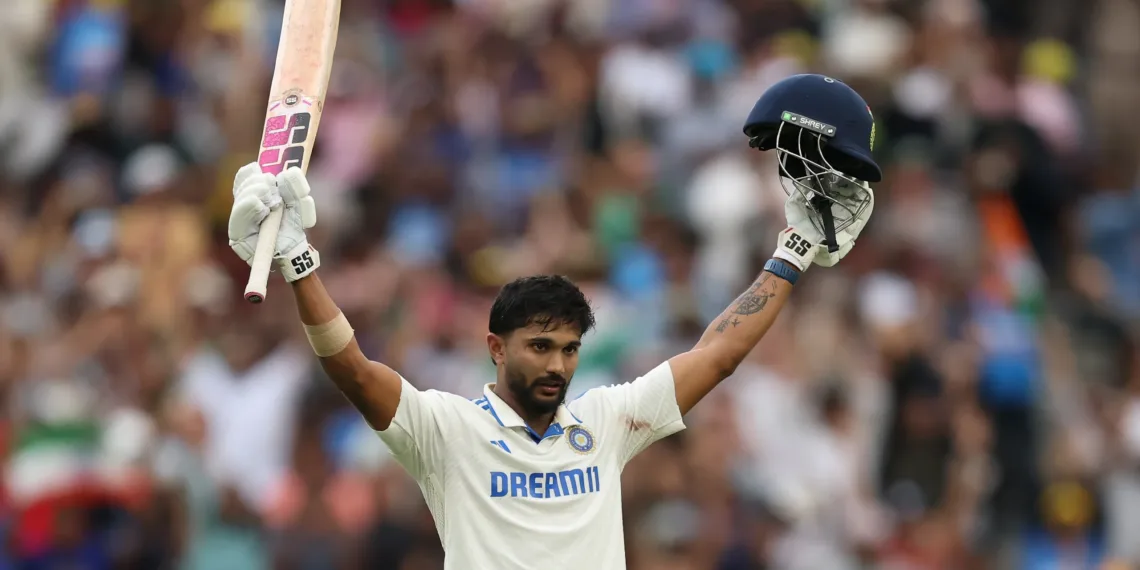The cricket world was stunned on Sunday when news broke that India’s promising all-rounder Nitish Kumar Reddy had suffered a significant knee injury during a routine training session.
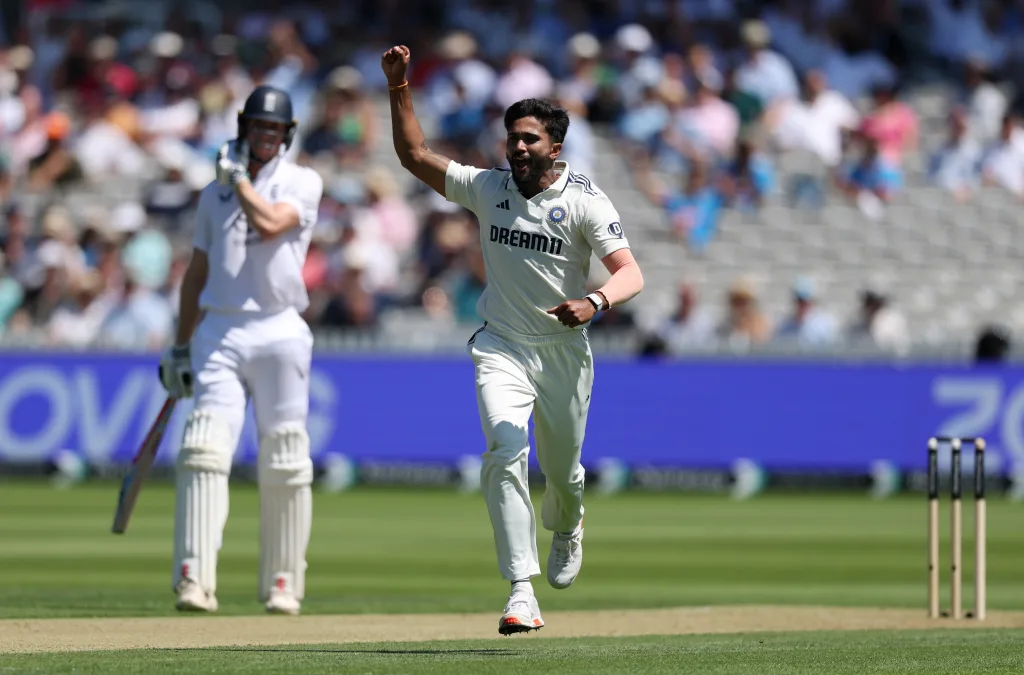
What started as preparation for the crucial fourth Test of the England vs India Test series has now turned into a potential career-defining moment for the young cricketer.
Table of Contents
The Injury That Changed Everything
Nitish Kumar Reddy was participating in a standard gymnasium training session when disaster struck. Medical scans have since revealed ligament damage in his knee, casting serious doubts over his availability for the remainder of the England tour. The injury occurred at the worst possible time for both the player and Team India, who are already grappling with multiple fitness concerns ahead of the Manchester Test.
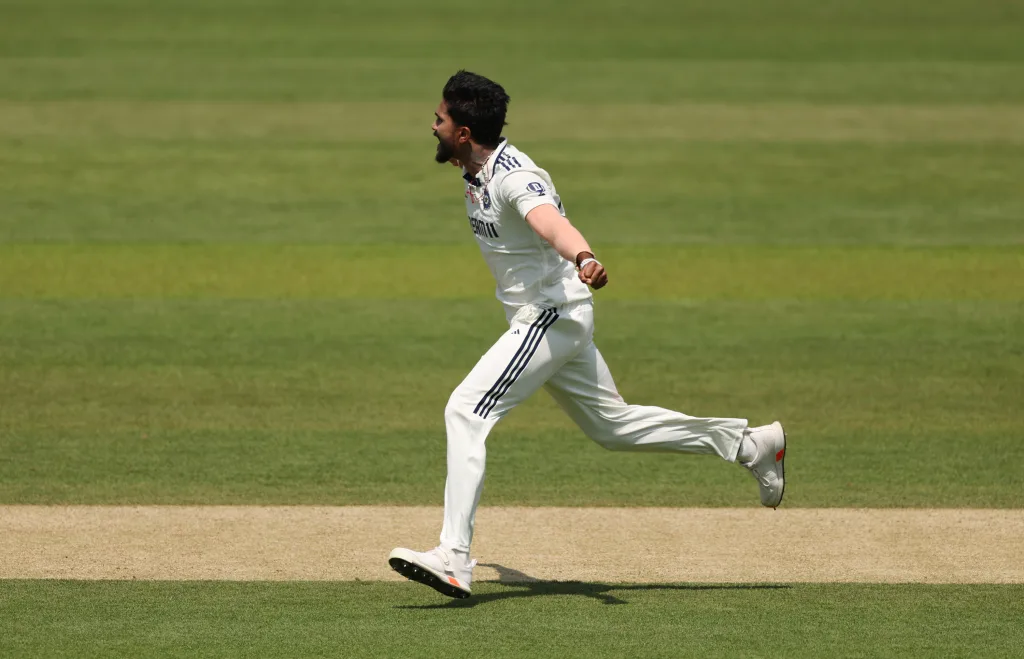
The timing couldn’t be more cruel. Reddy had just begun to establish himself in the Test setup, showing glimpses of the talent that made him such a sought-after prospect in domestic cricket. His performances in the England vs India Test series, particularly at Lord’s, had demonstrated his potential to become a crucial component of India’s future Test plans.
Impact on India’s Test Campaign
This setback adds another layer of complexity to India’s already challenging tour of England. The team management now faces a selection headache as they prepare for the fourth Test at Old Trafford, scheduled to begin on July 23. With England leading the Anderson-Tendulkar Trophy series 2-1, India cannot afford any more disruptions to their plans.
The injury crisis extends beyond Nitish Kumar Reddy. Fast bowlers Akash Deep and Arshdeep Singh are also nursing injuries that could potentially rule them out of the Manchester encounter. This bowling shortage has forced the team management to call up Anshul Kamboj as a seam-bowling replacement, highlighting the depth of India’s current predicament.
Adding to these concerns is the ongoing workload management of premier fast bowler Jasprit Bumrah, who has been limited to just three of the five Tests in the series. While there are indications that Bumrah might be included for the Old Trafford Test, his availability remains a constant source of uncertainty for the team management.
Reddy’s Journey in the England vs India Test Series
Nitish Kumar Reddy’s involvement in this England vs India Test series has been a tale of gradual progression and growing confidence. After missing the series opener in Leeds, he was handed opportunities in the second and third Tests, replacing Shardul Thakur in the playing eleven.
His debut Test match in Birmingham didn’t go according to plan, with modest returns of just two runs with the bat and six wicketless overs with the ball. However, cricket has a way of providing redemption, and Reddy found his at the iconic Lord’s Cricket Ground.

At Lord’s, the young all-rounder showcased exactly why he’s considered one of India’s most promising talents. His bowling performance was particularly impressive, claiming crucial top-order scalps including England openers Ben Duckett and Zak Crawley in the same over during the first innings. He added another feather to his cap by dismissing Crawley again in the second innings, while contributing 30 and 13 runs with the bat across both innings.
These performances at Lord’s had positioned Reddy as a potential long-term solution to India’s quest for a reliable seam-bowling all-rounder. His ability to contribute with both bat and ball made him an attractive option for the team management, especially in overseas conditions where such versatility becomes even more valuable.
Strategic Implications for Team Selection
The potential absence of Nitish Kumar Reddy creates a significant selection dilemma for the Indian team management. Throughout this England vs India Test series, India has consistently fielded a seam-bowling all-rounder, recognizing the importance of maintaining balance in challenging overseas conditions.
With Reddy likely ruled out, attention may turn back to Shardul Thakur, who opened the series in Leeds. Thakur’s experience and proven track record in overseas conditions make him a logical replacement if India wishes to maintain the same team combination. His ability to provide crucial breakthroughs with the ball and contribute valuable runs down the order has been a hallmark of his Test career.
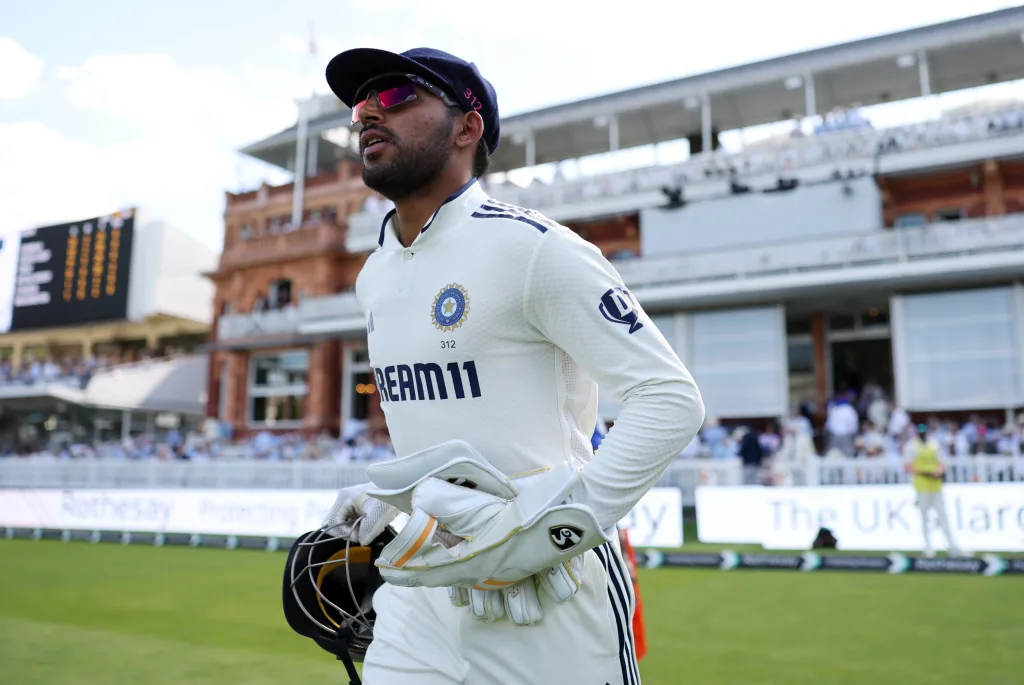
Alternatively, the team might consider Dhruv Jurel, who could potentially feature as a wicketkeeper-batsman if Rishabh Pant’s finger injury requires him to play as a specialist batsman. This would represent a significant tactical shift but might be necessary given the current injury concerns.
The Road Ahead: Recovery and Future Prospects
While the immediate focus remains on Nitish Kumar Reddy’s recovery, questions inevitably arise about his long-term prospects. Knee injuries, particularly those involving ligament damage, require careful management and extended rehabilitation periods. The medical team’s primary concern will be ensuring a complete recovery rather than rushing him back into action.
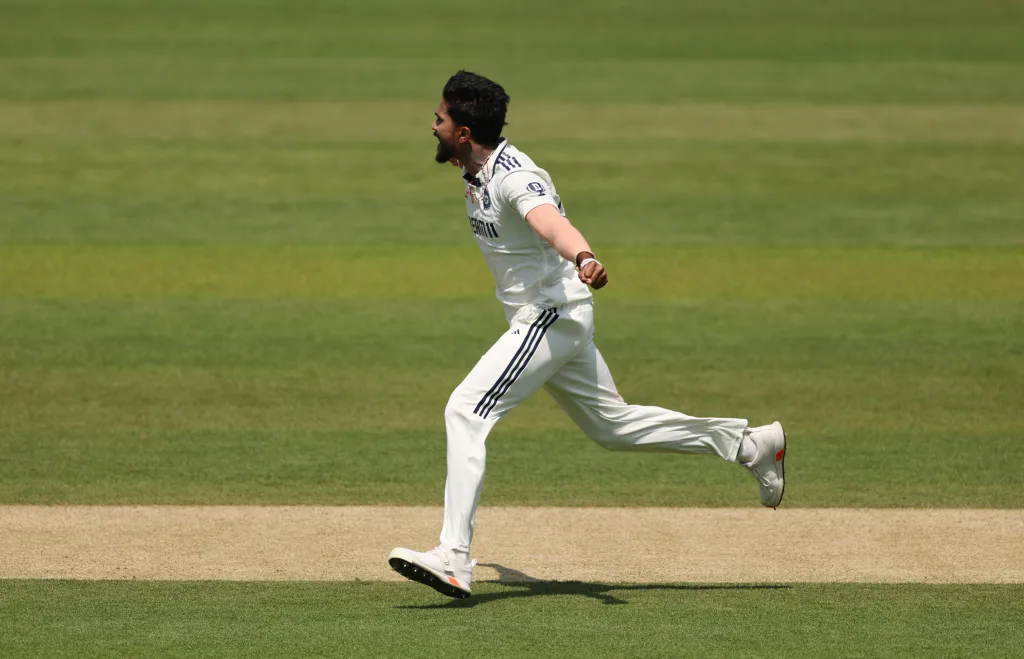
For a player still establishing himself at the highest level, this injury represents more than just a physical setback. It interrupts the momentum he was building in the England vs India Test series and delays his progression as a Test cricketer. However, if managed correctly, this period could also serve as an opportunity for him to work on different aspects of his game and return as a more complete player.
The broader implications for Indian cricket are equally significant. Reddy’s injury highlights the ongoing challenge of developing reliable all-rounders who can perform consistently in overseas conditions. His potential absence serves as a reminder of how quickly fortunes can change in professional cricket and the importance of building depth in all departments.
Key Statistics: Nitish Kumar Reddy in England vs India Test Series
| Match | Venue | Batting | Bowling | Key Contributions |
|---|---|---|---|---|
| 2nd Test | Birmingham | 2 runs | 0/6 (6 overs) | Debut Test match |
| 3rd Test | Lord’s | 30 & 13 runs | 3 wickets | Dismissed Duckett, Crawley twice |
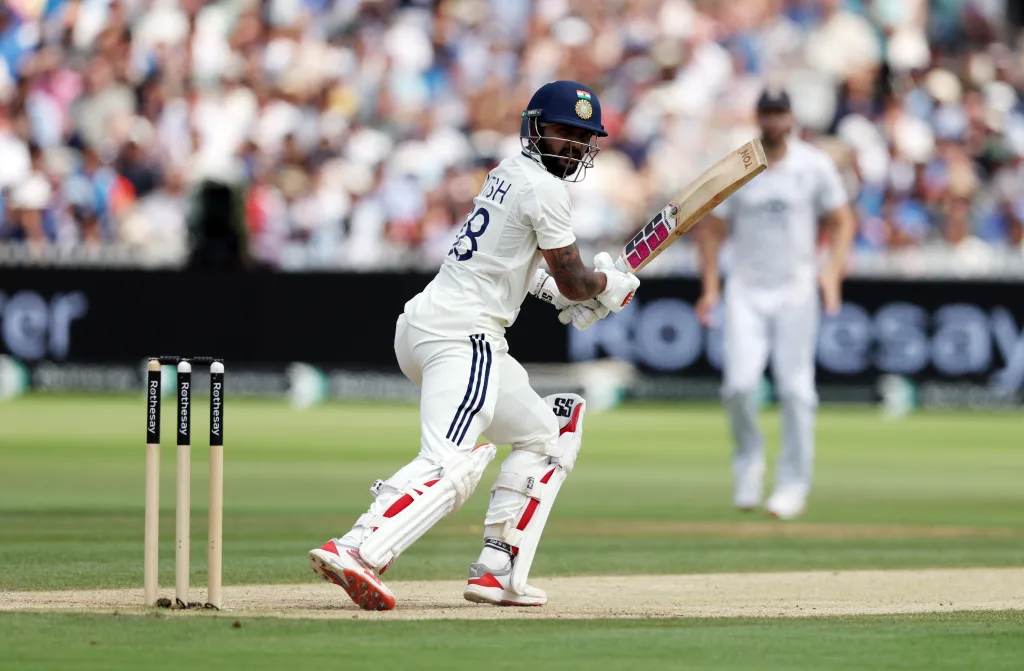
Series Impact Analysis
| Factor | Before Injury | After Injury |
|---|---|---|
| India’s All-rounder Options | Reddy, Thakur | Thakur, Jurel (alternative) |
| Bowling Depth | Limited but stable | Significantly compromised |
| Team Balance | Maintained | Under threat |
| Selection Flexibility | Moderate | Severely restricted |
Read More: Hugo Ekitike Set for Anfield: Liverpool Close In on £69M Frankfurt Striker
FAQs
How serious is Nitish Kumar Reddy’s knee injury?
Medical scans have revealed ligament damage in Reddy’s knee, which typically requires several weeks to months of recovery depending on the severity. The injury is serious enough to potentially rule him out of the remainder of the England tour.
When did Nitish Kumar Reddy get injured?
The injury occurred on Sunday during a routine training session in the gymnasium. It was not a match-related injury but happened during preparation for the upcoming fourth Test.
Who might replace Nitish Kumar Reddy in the England vs India Test series?
Shardul Thakur appears to be the most likely replacement, having played the first Test of the series. Dhruv Jurel is another option being considered by the team management for the fourth Test.
How has this injury affected India’s chances in the England vs India Test series?
With England leading 2-1, India desperately needs to win the remaining Tests. Reddy’s injury, combined with other fitness concerns, has significantly complicated India’s team selection and strategic options.
What was Nitish Kumar Reddy’s best performance in the England vs India Test series?
His standout performance came at Lord’s in the third Test, where he claimed three crucial wickets including both England openers in the first innings, while also contributing useful runs with the bat in both innings.

